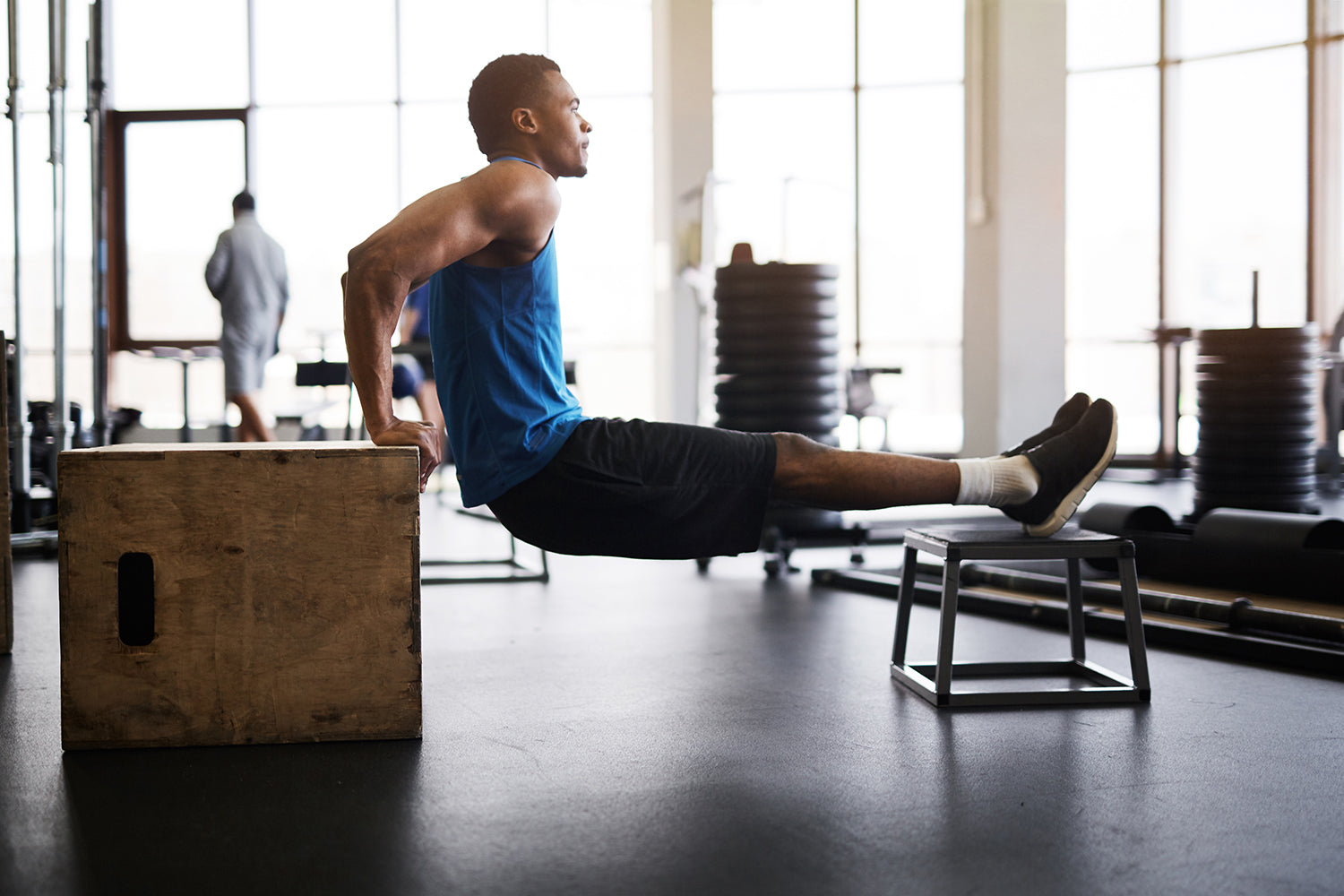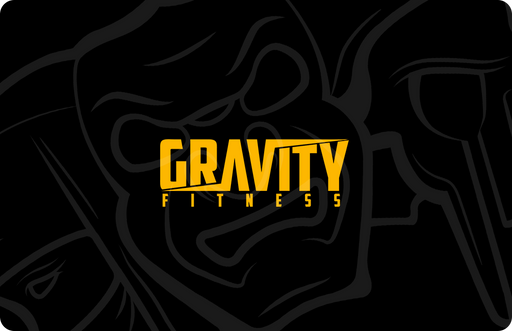
Your Natural Movement With The Seven Movement Patterns
Your Natural Movement With The Seven Movement Patterns
The movement of the human body can be split into 7 different movement patterns;
Push – Press Ups, Bench Press, Overhead Press etc
Pull – Pull Ups, Rows, Curls, etc
Squat – All Squat forms, Thrusters, etc
Hinge – Deadlifts, Hip Hinges, etc
Lunge – Forward, Back, Sideways, etc
Gait – Walking movements, running, sprints, etc
Rotation/Anti-Rotation – Russian Twists, Farmer Carries, Resistance Band Rotations, etc
These seven movement patterns incorporate all the elements of full body training, regardless if being used for upper or lower work. All of these patterns need to be worked to keep our training functional and maximising our time, and gains, whilst training. As well as for keeping our natural movement efficient and strong, given our more sedentary lifestyles. These movements can help us stay active, fit and strong, giving us more longevity and strength in the years to come.
Like any form of resistance training, we need to build our movement patterns with motor control and form first of all. Work on these patterns, and the exercises within them, and progress and regress them where necessary to make sure you’re moving in the best way that you can. Progressive Overload, or Time Under Tension, are probably the best (and easiest to track) ways you can do that. The exercises I’ve listed above are just the tip of the iceberg. There are plenty of resources and guides out there to help you make the most of what you have available to you, in the gym or not. YouTube is a great resource, especially when it comes to adding something different to your training.
In terms of programming for your own movement work, structuring sessions between these seven patterns is a great place to start. I’ll give you an example started of how I program the patterns for some of my more regular clients.
Day 1 – Upper Push (e.g. Push Ups, etc), Upper Pull (e.g. Pull Ups, etc), Rotation (e.g. Ground Based – Russian Twists, London Bridges, etc)
Day 2 – Squat (e.g. BB Squat), Hinge (e.g. BB Deadlift), Anti-Rotation (e.g. Carries)
Day 3 – Lunge (e.g. Weighted Walking Lunges), Lower Pull (e.g. hamstring curls), Lower Push (e.g. leg extension), Gait (e.g. sprints, high knees, running, skipping etc)
Day 4 - Upper Push (e.g. Push Ups, etc), Upper Pull (e.g. Pull Ups, etc), Rotation (e.g. aerial based Based – Round The Worlds, Knee Raises side to side, etc)
You can always add in more days or repeat this cycle to 6 or 7 days in the week and/or by adding a session in your areas that need improvement. You can also incorporate yogic style movement patterns on your rest days to improve your flexibility and mobility, oor you can pepper them through the week to break up your sessions effectively.
You can use a lot of different kit to work the movement patterns, particularly barbells, Clubs, Macebells, Resistance Bands, exercise balls, your own bodyweight and my personal favourite, Kettlebells. Kettlebells are great to scale weight, be able to do single sided, light and heavy movements. And they are readily available in most places you can work out.
All the kit listed here is very useful for all forms of functional training and you can pick it all up from the Gravity Fitness Store to improve your movement patterns!










































